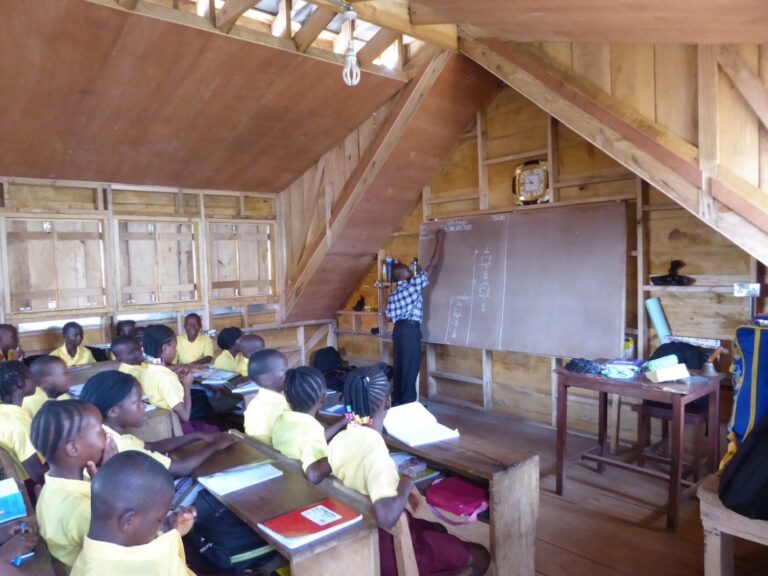Solving the problem of autism exclusion at work can help solve other inclusion and well-being problems — and inform the future of work. The author proposes six evidence-based principles that can support the inclusion of autistic and other marginalized individuals and improve employment for all. These include participation, focusing on outcomes, flexibility, organizational justice, transparency, and the use of valid tools in decision making.
Historically, most organizations have approached inclusion sequentially: gender this year or two, race next, then sexual orientation, and maybe someday disability and age. Or maybe class. Or neurodiversity. Generally, sequential inclusion is expanded from the power center to bring in the next-most “acceptable” characteristic. But what happens if someone is an older, Black, visibly disabled woman? Or an Indigenous, economically disadvantaged, autistic man? What about a deaf refugee fleeing religious persecution, or any other person who happens to have some attributes that aren’t “currently includable”? Sequential inclusion leaves people behind.
Welcoming all talent requires:
- Systemic inclusion that considers intersectionalities, comprehensively addresses all barriers, and embeds inclusion in all talent processes and decision-making mechanisms. It calls for inclusion by design, thoroughly and thoughtfully planned.
- Inclusion from the margin. Creating systems that include the most marginalized and those identifying with multiple marginalized groups is the fastest way to include all. It also requires the participation of the marginalized. People don’t notice barriers they don’t face. Those impacted by barriers others don’t notice (or only notice when the problem becomes extreme) are best qualified to design the barrier-free future of work.
At one point in my career, it looked as though I had “overcome” the blatant gender, class, and even xenophobia barriers I had faced in previous jobs. And yet, for years, I was stuck, doing the work but not getting the credit. Even when a well-intentioned organization implemented an initiative to promote more women in leadership, I still didn’t feel included.
Read the full article on the Harvard Business Review website.



